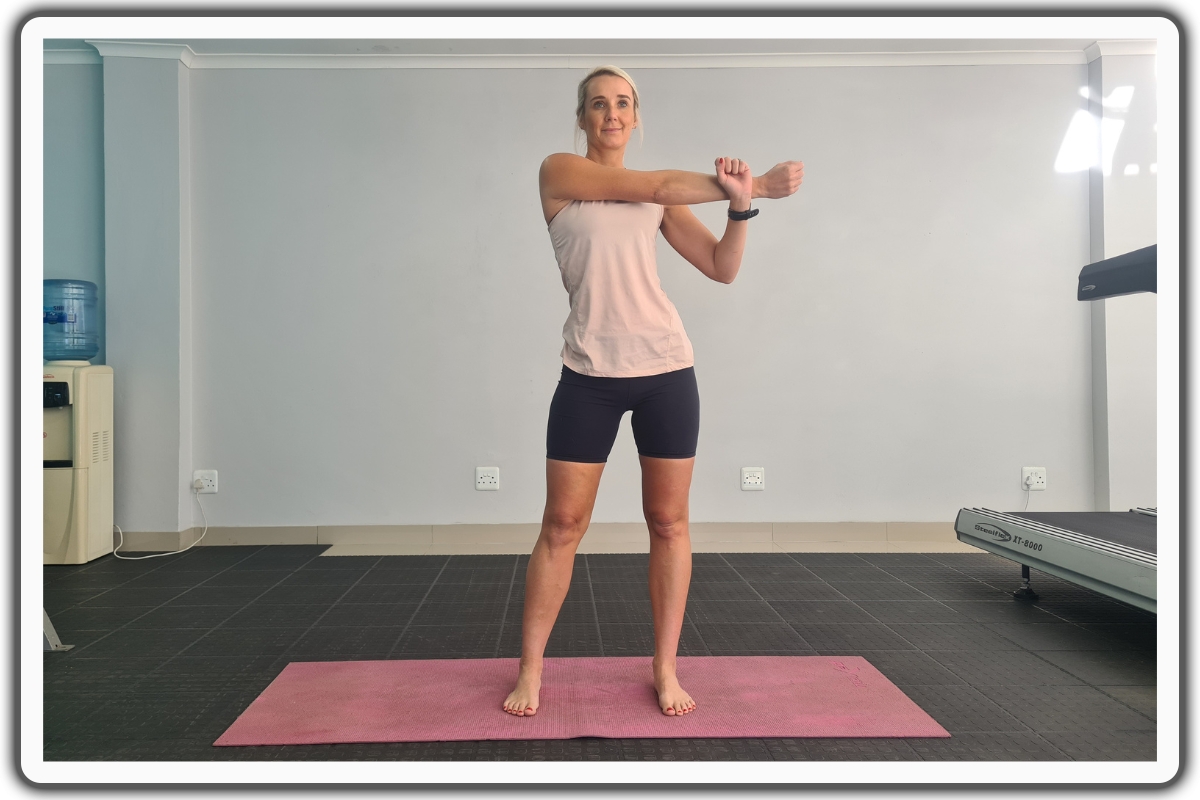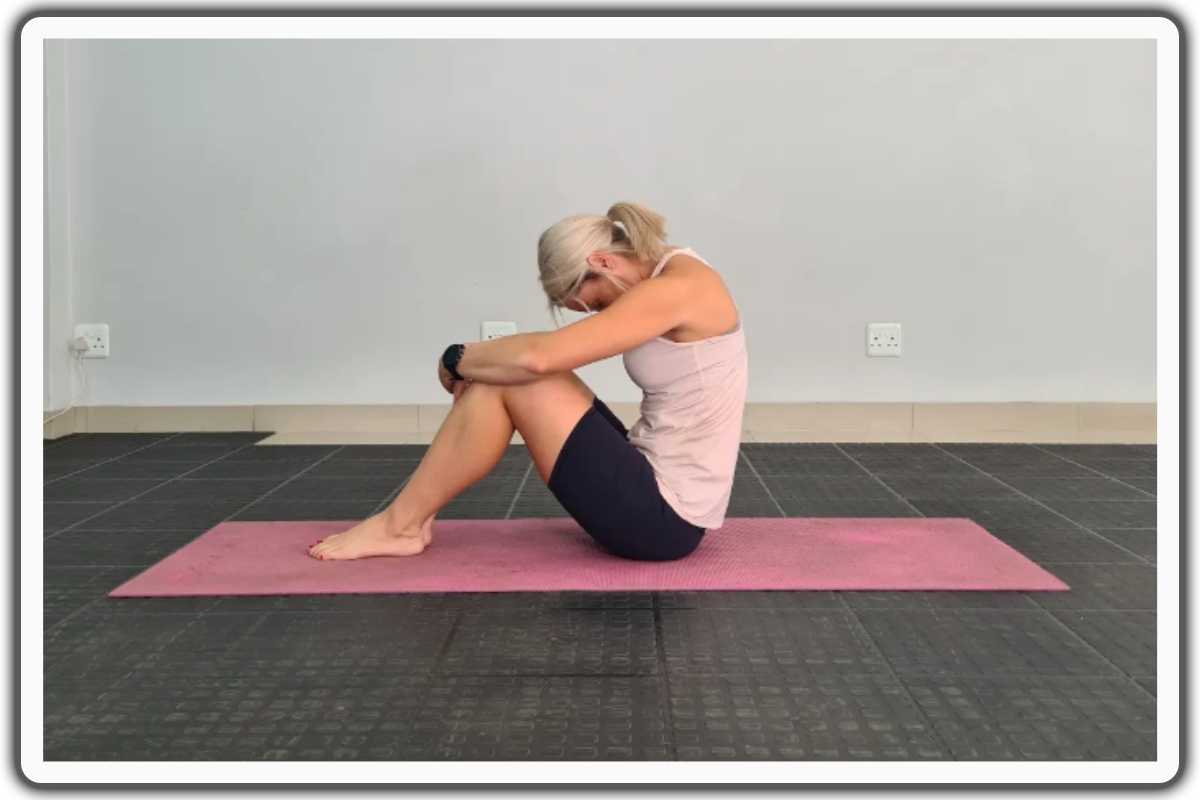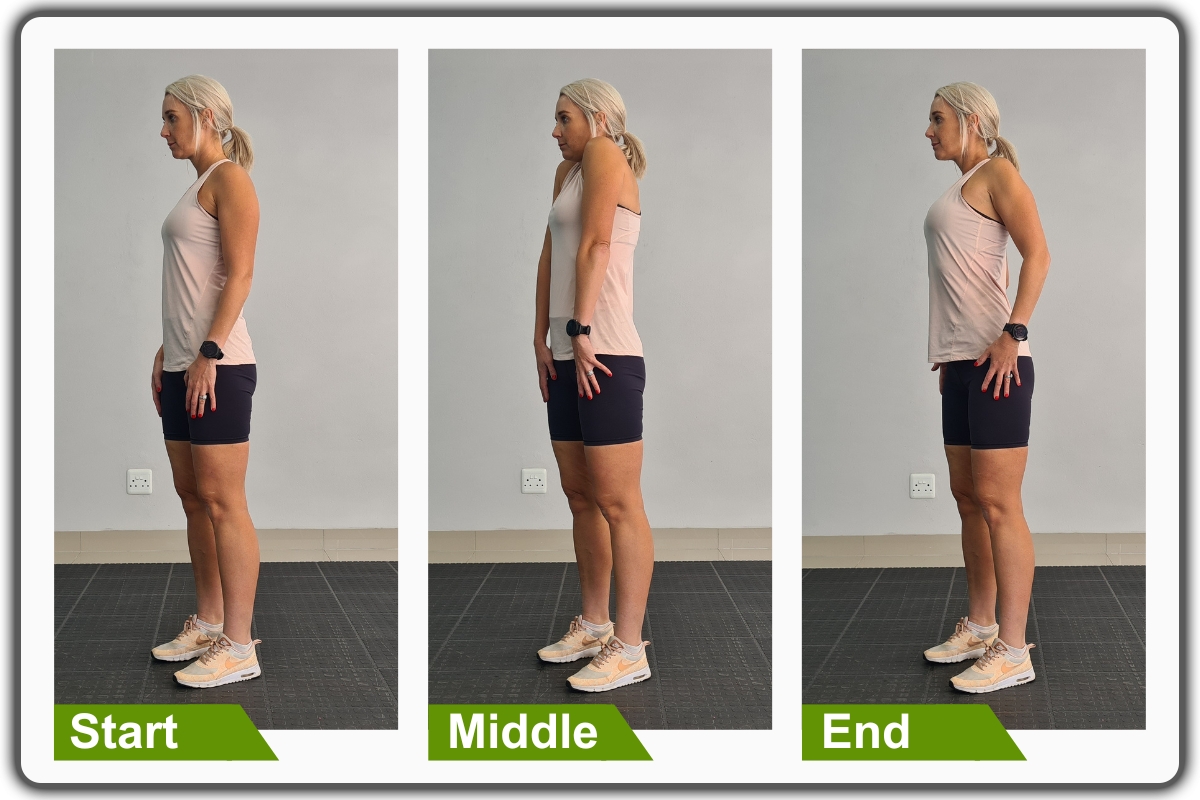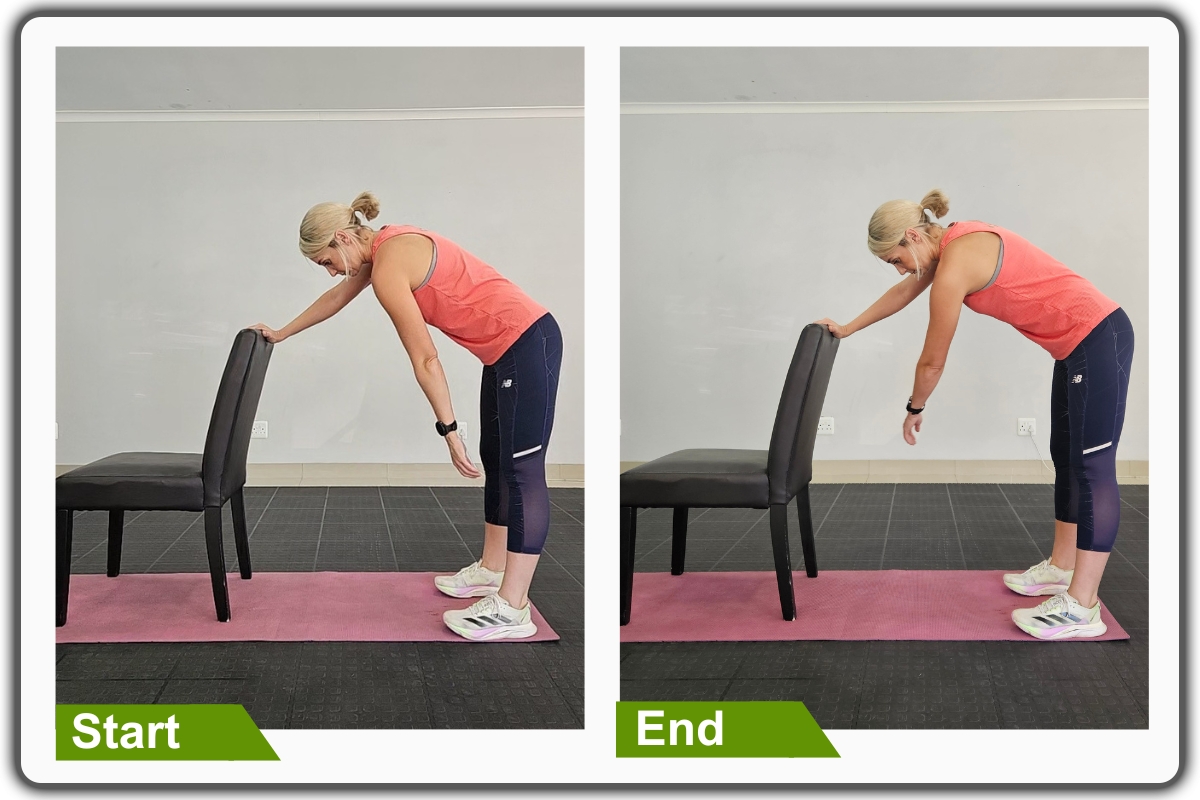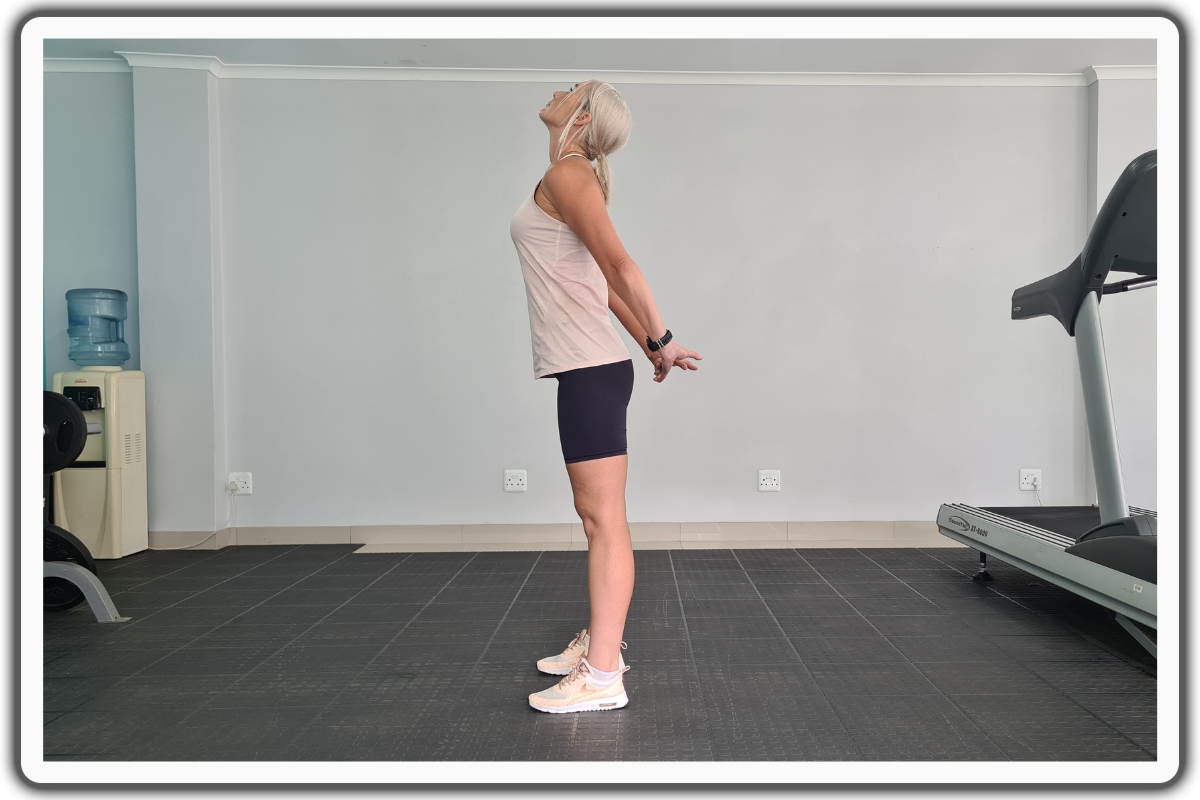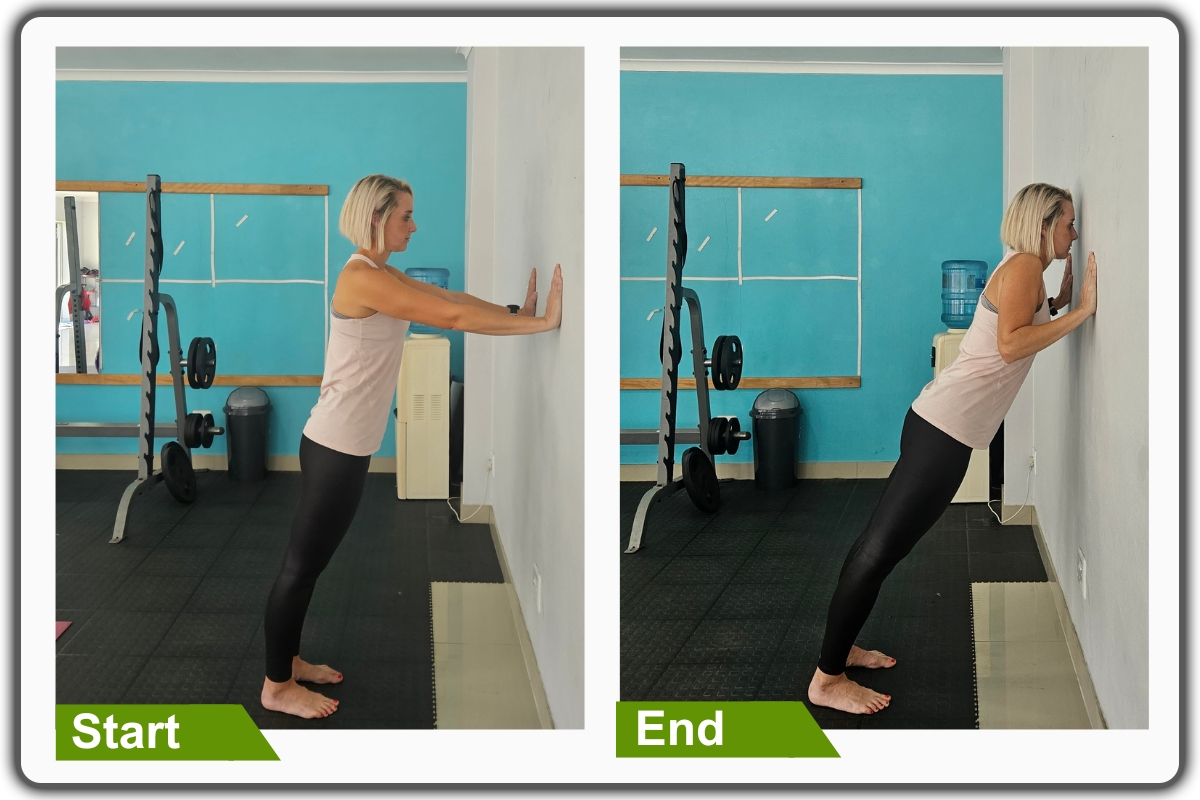Understanding Shoulder Pain with Numb Fingers: Causes, Diagnosis, and Treatment
Disclaimer: The information we’ll talk about is just for your knowledge. It doesn't take the place of a doctor's advice. If you need specific nutritional information based on your health history or current condition, be sure to talk to a doctor.
Shoulder pain, when accompanied by numb fingers, can be a concerning symptom, often involving issues in the neck and shoulder regions. Understanding its causes, diagnosis, and treatment options is crucial for effective management and relief. In this blog, we’ll explore these aspects in detail.
What is Shoulder Pain with Numb Fingers?
Shoulder pain with numb fingers is a condition where pain in the shoulder is accompanied by numbness or tingling in the fingers. One specific type of nerve compression that can cause these symptoms is neurogenic thoracic outlet syndrome, which affects the brachial plexus nerves. Various underlying issues with shoulder muscles, including nerve compression, injuries, and medical conditions can cause this combination of symptoms.
Common Causes of Pinched Nerve
- Nerve Compression: Conditions like cervical radiculopathy and thoracic outlet syndrome can compress nerves, leading to shoulder pain and numb fingers. Thoracic outlet syndrome can also involve the compression of blood vessels, leading to various symptoms. Pinched nerves can result from various conditions and may require medical intervention if symptoms persist.
Injuries: Rotator cuff injuries, shoulder dislocations, and fractures can cause these symptoms.
Medical Conditions: Diabetes, multiple sclerosis, and other diseases can contribute to shoulder pain and numbness.
Symptoms and Diagnosis
Symptoms of shoulder pain can be different based on what is causing it. Common signs include pain, stiffness, numbness, tingling, and weakness in the shoulder, arm, or hand. In some cases, shoulder pain can radiate down the arm and into the fingers, indicating a pinched nerve or other underlying condition. This radiating pain can be particularly concerning as it may signal issues such as cervical radiculopathy or thoracic outlet syndrome, where the brachial plexus nerves are compressed.
Diagnosing shoulder pain typically involves a comprehensive approach. A physical exam is usually the first step. A doctor will check how well you can move, your strength, and look for any visible problems in your shoulder and arm. Medical history is also crucial, as it helps identify any previous injuries or conditions that might contribute to the current symptoms. Imaging tests such as X-rays, CT scans, or MRIs are commonly used to get a detailed view of the shoulder structures, helping to pinpoint the exact cause of the pain. Additionally, a neurological examination may evaluate muscle strength, reflexes, and sensation in the affected area, ensuring that any nerve involvement is accurately identified.
Physical Therapy for Shoulder Pain
Physical therapy is a cornerstone in the treatment of shoulder pain, especially for conditions like rotator cuff injuries, tendonitis, and thoracic outlet syndrome. A physical therapist can design a personalized program to improve the range of motion, strength, and flexibility in the shoulder and surrounding muscles, addressing both the symptoms and the underlying causes of pain.
Physical therapy for shoulder pain may include a variety of exercises and techniques:
- Shoulder Rotations and Stretches: These exercises help you move more easily and reduce stiffness, making your shoulder work better.
Strengthening Exercises: These exercises focus on the rotator cuff and nearby muscles, helping to build strength and stability. This can prevent more injuries and reduce pain.
Posture Correction and Body Mechanics Training: Bad posture and not using your body correctly can lead to shoulder pain. Physical therapists teach proper techniques to reduce strain on the shoulder, promoting long-term health.
Modalities: Using techniques like heat, cold, or electrical stimulation can help reduce pain and swelling. These methods offer quick relief and aid in the healing process.
Complications of Untreated Shoulder Pain
If shoulder pain is not treated, it can cause many problems. This shows how important it is to get medical help quickly. Chronic pain and disability are common outcomes, as persistent pain can interfere with daily activities and reduce the quality of life. Muscle weakness and shrinking can happen if the affected muscles are not used or exercised properly, leading to less strength and function. Decreased range of motion and flexibility are also big concerns, as untreated shoulder pain can cause stiffness and limit your ability to move your shoulder freely. Nerve damage and neuropathy are potential risks, particularly if the pain is due to conditions like thoracic outlet syndrome or cervical radiculopathy, where the brachial plexus nerves are involved.
In severe cases, untreated shoulder pain can lead to more serious conditions such as thoracic outlet syndrome, cervical radiculopathy, or brachial plexus injuries. These conditions can cause severe pain, muscle weakness, and even permanent nerve damage if not addressed promptly. So, it's important to see a doctor if your shoulder pain doesn't go away or gets worse. This way, you can get the right treatment and avoid more problems.
By knowing the possible problems that can happen if shoulder pain is not treated, people can make sure to see a doctor and avoid long-term damage. This helps improve their overall health and well-being.
Preventive Measures
- Ergonomics: Maintaining proper posture and avoiding repetitive strain can help prevent shoulder pain and numb fingers.
- Exercise and Stretching: Regular exercise and stretching routines can strengthen and protect the shoulder and neck areas.
- Lifestyle Modifications: Managing weight, quitting smoking, and maintaining a healthy diet are essential for overall health and prevention.
Mallika Marshall, MD, from Harvard Health, recommends the following tips for managing shoulder pain:
Adjust Activities: Modify your daily activities to avoid movements that exacerbate the pain.
Use Pain Relief: Over-the-counter painkillers and heat or cold packs can provide relief.
Perform Gentle Stretches: Mild stretches can help improve flexibility and reduce discomfort.
Shoulder Pain and Numb Fingers Exercises
1. Arm-Across-Chest Stretch
Begin in an upright standing position with your feet shoulder-width apart, maintaining good alignment with your head, shoulders, hips, and legs. Engage your core. Bring your right arm across your chest and use your left hand to gently pull your right arm closer to your chest. Hold the position for 30 seconds. Relax and repeat the movement on the opposite side.
2. Neck Release
Begin in an upright sitting position on the floor with your knees bent and feet flat on the floor, maintaining good alignment with your head, shoulders, and hips. Tighten your abdominal muscles. Wrap your arms around your knees and lower your head towards your chest to round your mid-back area. Hold the position for 30 seconds. Relax and repeat the movement as needed.
3. Shoulder Rolls
Begin in an upright standing position with your feet hip-width apart, maintaining good alignment with your head, shoulders, hips, and legs. Place your hands on your side and engage your core. Shift your shoulders upward, then roll them up and back until you feel resistance in your shoulder blades. Relax and repeat the movement in the opposite direction. Complete 10 repetitions.
4. Pendulum Swing
Begin in an upright standing position in front of a chair with your feet shoulder-width apart, maintaining good alignment with your head, shoulders, hips, and legs. Hinge through your hips to move your upper body forward as you place one hand at the back of the chair while the opposite arm hangs on the side. Engage your core and gently swing your arm side to side or create small circles. After 10 repetitions, repeat the movement on the opposite arm.
5. Doorway Chest Stretch
Begin in an upright standing position on a doorway with your feet close together, maintaining good alignment with your head, shoulders, hips, and legs. Bend your arms at a 90-degree angle and your forearm resting against the doorframe. Engage your core and slowly move your chest forward to stretch the chest and shoulder gently, squeezing the shoulder blades together. Hold the position for 15- 30 seconds. Relax and repeat the movement.
6- Chest Expansion
Begin in an upright standing position on a doorway with your feet close together, maintaining good alignment with your head, shoulders, hips, and legs. Clasp your hands behind your back, palms facing down. Engage your core. Straighten your arms away from you and lift your chest upward, feeling the stretch in your shoulders and chest. Hold the position for 30 seconds. Relax and repeat the movement with 5 repetitions.
7- Wall Push-Ups
Begin in an upright standing position in front of a wall with your feet hip-width apart, maintaining good alignment with your head, shoulders, hips, and legs. Straighten your arms and place your palms on the wall. Move your feet back to increase the angle of your body. Engage your core and bend your elbows to lower your upper body towards the wall, keeping your body straight. Repeat the movements with 10 repetitions.
Tips for Performing These Exercises
- Warm-Up: Always start with a gentle warm-up to get your blood flowing.
- Comfort: Stretch only to the point of mild discomfort, never pain.
- Consistency: Perform these exercises 3-6 times per week for the best results.
When to Seek Medical Attention
Immediate medical attention is necessary if you experience severe pain, numbness, weakness, or difficulty moving your hand, the upper arm bone, or the shoulder. Regular check-ups are also important for managing chronic conditions.
Conclusion
Understanding shoulder pain accompanied by numb fingers is essential for managing and alleviating the discomfort effectively. This combination of symptoms can signal underlying issues for severe shoulder pain, such as nerve compression, injuries, or chronic conditions that require professional evaluation. By recognizing these signs early, you can prevent further complications and pursue appropriate treatment options.
If you experience shoulder or arm pain with numb fingers, it's important to seek professional help. A healthcare provider can perform a thorough examination, including a detailed medical history and diagnostic tests, to determine the root cause of your symptoms. With the right diagnosis, you can get a treatment plan made just for you. This plan might include physical therapy, medications, changes in lifestyle, or even surgery if needed. Getting medical care quickly and properly can greatly improve your quality of life and stop long-term damage.
FAQs
How can I tell if shoulder, shoulder and arm pain is serious?
Call your doctor if you have:
- Shoulder pain with swelling, or redness and a fever.
- Bad pain even when someone else moves your shoulder.
- Pain for more than 2 - 4 weeks, even after trying home treatments.
- Swelling in your shoulder.
- Red or blue color of the skin in your shoulder area.
Can shoulder pain cause numbness in fingers?
Your cervical plexus is a type of nerve connection to your shoulder, neck, and head. Inflamed, pinched, or damaged nerves in these areas can lead to radiating or shooting pain that travels down your arm and into your fingers. Tingling, weakness, a burning sensation, or numbness might also be experienced.
What is the home remedy for numbness?
Some home remedies may also help. These include resting, massage, hot or cold therapy, and using supportive devices. If someone often feels numbness, a doctor can help find out if there is a medical condition causing it.
Can numbness go away by itself?
In many cases, paresthesia (the "pins and needles" feeling) goes away on its own. But if any part of your body often feels numb or gets that pins and needles feeling, talk to your doctor. They'll ask about your medical history, do a physical exam, and may suggest some tests to find out what's causing it.
What happens if you ignore numbness?
If numbness lasts a long time, especially in the feet, it can cause other problems. People may find it hard to walk and drive and may be more likely to fall. They might not notice infections, sores, and injuries because they can't feel pain as well.
Can hot water help with numbness?
Warm Bath. If you need a reason to take a warm bath, here it is. Taking a warm bath can be extremely relaxing. It can also ease pain from nerve problems. The warm water helps blood flow better, which can reduce numbness and pain.
References
Shoulder pain
Author links open overlay panel
Jens Ivar Brox PhD, MD (Consultant of Physical Medicine and Rehabilitation)
https://doi.org/10.1016/S1521-6942(02)00101-8Shoulder pain: diagnosis and management in primary care
BMJ 2005; 331 doi: https://doi.org/10.1136/bmj.331.7525.1124 (Published 10 November 2005)
Cite this as: BMJ 2005;331:1124



